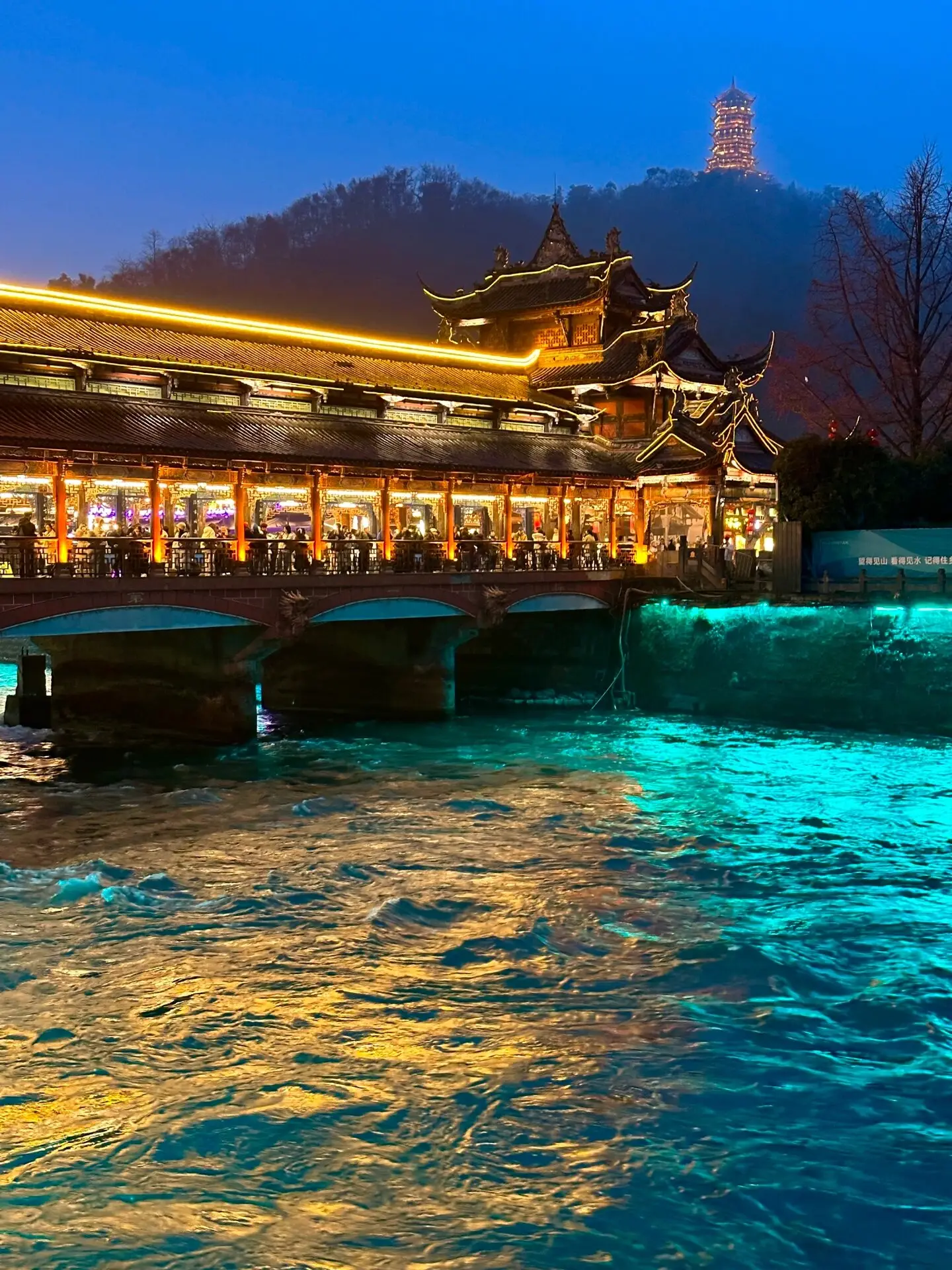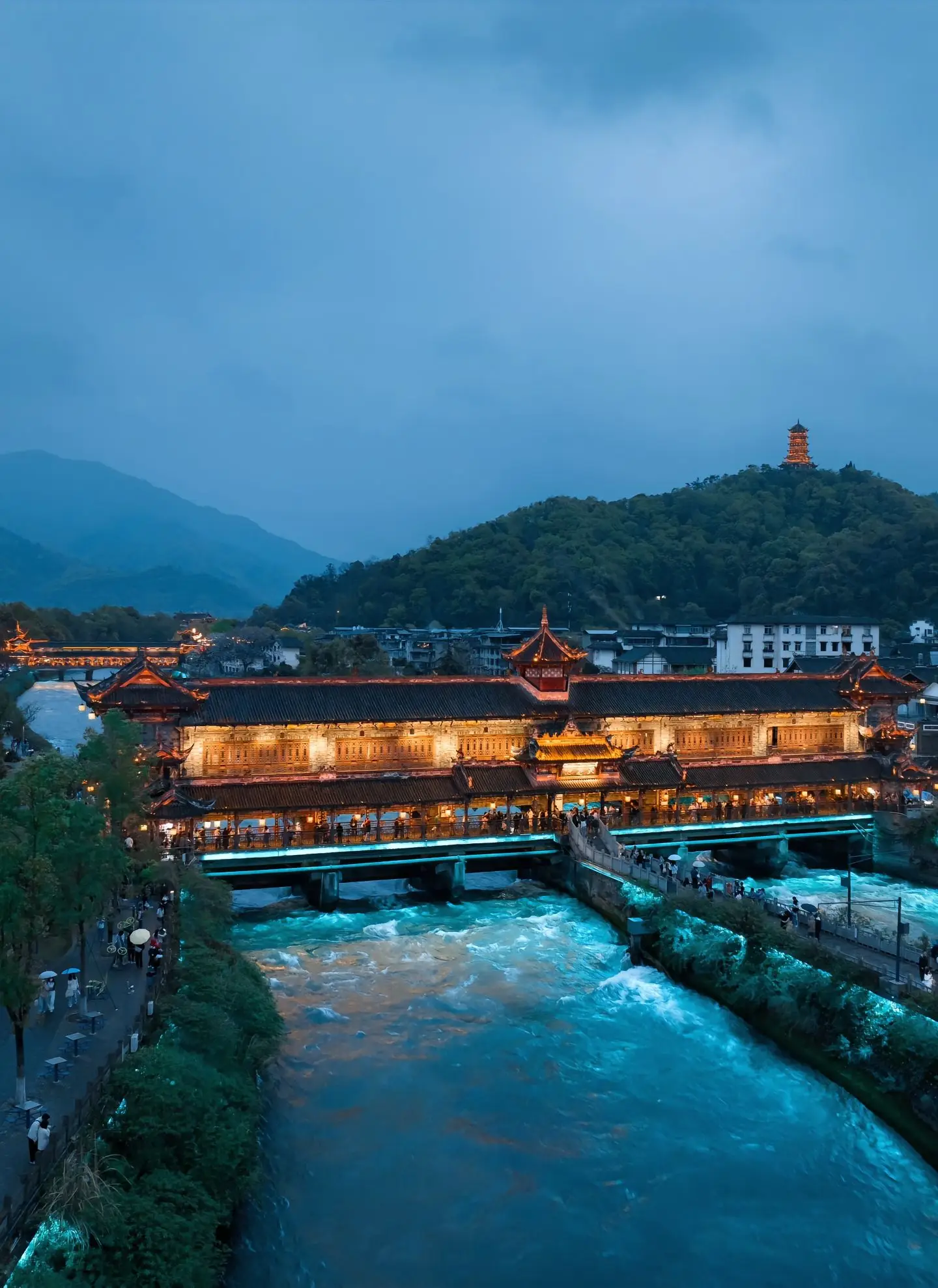The Ultimate Journey: Uncovering the Soul of Japan's Famed Destinations
So, you're dreaming of Japan. You've seen the pictures: the serene temples, the neon-lit streets, the majestic Mount Fuji. But a trip to Japan is more than just a checklist of famous tourist destinations; it's an immersion into a culture that masterfully blends ancient tradition with dizzying modernity. This journey is about understanding the soul behind the sights. Let's move beyond the postcard and discover what truly makes these iconic places so unforgettable, ensuring your adventure is as seamless as it is profound.
We'll start our exploration in the beating heart of modern Japan.
Tokyo: The Organized Chaos of the Future
Arriving in Tokyo can feel like stepping into a science-fiction film. It's a metropolis that never seems to sleep, yet operates with a quiet, unshakeable order. Your first stop for an authentic Tokyo experience should be the legendary Senso-ji Temple in Asakusa. Walking through the thunderous Kaminarimon Gate, you are instantly transported to old Edo. The Nakamise-dori shopping street leading to the temple is the perfect place to pick up traditional souvenirs and sample street food like fresh-baked ningyo-yaki (small sponge cakes with sweet filling).
From the ancient, plunge into the hyper-modern by crossing the iconic Scramble Crossing in Shibuya. Watching the symphony of thousands of people cross from five directions is a mesmerizing spectacle, a true testament to the city's organized flow. For a bird's-eye view, head to the Shibuya Sky observatory or the free observatory at the Tokyo Metropolitan Government Building in Shinjuku.
But Tokyo's magic often lies in its quieter, curated moments. A stroll through the Hamarikyu Gardens, a stunning landscape garden surrounded by skyscrapers, offers a moment of peaceful reflection. For those seeking unique cultural experiences, a visit to the teamLab Borderless digital art museum or exploring the quirky fashion and vintage shops of Harajuku's Takeshita Street are absolute must-dos. This is where you begin to understand the Japanese concept of wa (harmony)—the seamless coexistence of contrasting elements.
Kyoto: The Timeless Heart of Traditional Japan
If Tokyo is Japan's brain, then Kyoto is its soul. As the imperial capital for over a thousand years, Kyoto is the guardian of Japan's cultural heritage. No trip focused on Japan's cultural landmarks is complete without time spent here.
The Fushimi Inari Shrine is undoubtedly one of the most photographed spots in the country, and for good reason. The path of thousands of vibrant red torii gates winding up the sacred Mount Inari is a breathtaking sight. For the best experience, go early in the morning to avoid the crowds and experience the serene, almost mystical atmosphere as the sun filters through the gates.
No visit to Kyoto is complete without witnessing the ethereal beauty of Kinkaku-ji, the Golden Pavilion. The temple, covered in brilliant gold leaf, reflected in the mirror-like lake is a vision of perfection. Equally stunning is its counterpart, Ginkaku-ji (the Silver Pavilion), which, though never coated in silver, embodies the subtle and profound Japanese aesthetic of wabi-sabi—the beauty of imperfection and transience.
To truly connect with Kyoto's spirit, participate in a traditional tea ceremony in the historic Gion district. This is more than just drinking tea; it's a choreographed art form, a spiritual discipline. If you're lucky, you might even spot a Geiko or Maiko (the Kyoto terms for Geisha and their apprentices) gracefully shuffling to an appointment. For a different perspective, walk the Philosopher's Path, a stone path along a canal, especially enchanting during the cherry blossom season. These Kyoto cultural immersion activities are what transform a simple tour into a lifelong memory.
The Majesty of Mount Fuji and the Five Lakes
Visible from Tokyo on a clear day, Mount Fuji is more than a mountain; it's a national symbol, a spiritual entity, and a source of artistic inspiration for centuries. The best way to appreciate its grandeur is from the Fuji Five Lakes (Fujigoko) region at its northern base.
Lake Kawaguchiko is the most accessible and developed of the five, offering some of the most iconic views of Fuji, especially when its perfect cone is reflected on the lake's calm surface. For an unforgettable experience, consider staying in a traditional ryokan (Japanese inn) with an onsen (hot spring) that offers a private view of the mountain. This is the quintessential Mount Fuji viewing experience.
Beyond just viewing, the area offers numerous outdoor activities around Mount Fuji. During the official climbing season (July to early September), thousands make the pilgrimage to the summit to witness the sunrise—the legendary Goraikō. For those not inclined to climb, the surrounding area offers beautiful hiking trails, museums, and the thrilling Fuji-Q Highland amusement park. Visiting the Chureito Pagoda, with its picture-perfect view of Fuji framed by cherry blossoms in spring or vibrant leaves in autumn, is a non-negotiable stop for any photographer.
Hiroshima: A City of Peace and Resilience
A journey to Japan must also include a moment of reflection, and there is no place more powerful for this than Hiroshima. The city has transformed from a symbol of devastation into a beacon of hope and peace.
The Hiroshima Peace Memorial Park and Museum is a sobering and essential visit. Seeing the skeletal ruins of the Atomic Bomb Dome, preserved exactly as it was after the blast, is a hauntingly powerful experience that drives home the profound importance of peace. It’s a place that challenges you, moves you, and ultimately inspires you. This is a key part of understanding modern Japan's pacifist identity and is a crucial historical site in Japan.
After the emotional weight of the Peace Park, take a short ferry ride to the sacred island of Miyajima. Here, you'll find the iconic Itsukushima Shrine, famous for its "floating" torii gate that appears to be standing on water during high tide. The sight of the grand red gate against the backdrop of the sea and mountains is one of Japan's most scenic views. Be sure to say hello to the friendly, and somewhat cheeky, wild deer that roam freely around the island.
Nara: Where Friendly Deer Roam Ancient Grounds
A short train ride from Kyoto lies Nara, Japan's first permanent capital. Nara Park is the city's main attraction, a vast, beautiful area that is home to some of Japan's most significant ancient temples in Japan.
The star of the show is Todai-ji Temple, a UNESCO World Heritage site. Housing the Daibutsu, a 15-meter-tall bronze statue of Buddha, the temple is an awe-inspiring feat of 8th-century engineering and devotion. The building itself is one of the largest wooden structures in the world.

As you walk through the park, you'll be greeted by Nara's most famous residents: hundreds of sacred Sika deer. According to legend, a god arrived in Nara riding a white deer, and since then, the deer have been considered divine messengers. You can purchase special shika senbei (deer crackers) to feed them—a delightful and unique experience. Just remember to bow, and you might be rewarded with a bow from a polite deer in return!
Practical Tips for Your Japanese Adventure
To tie everything together, here are some essential tips to solve the common puzzles of traveling in Japan:
- Getting Around: The Japan Rail (JR) Pass can be a fantastic money-saver, but calculate your itinerary first. For seamless travel between these major destinations, the Shinkansen (bullet train) is an experience in itself—efficient, comfortable, and incredibly punctual.
- Etiquette: Embrace the local customs. It's polite to bow when greeting or thanking someone. When visiting temples and shrines, wash your hands and mouth at the purification fountain before entering. Slurping your noodles is a sign of enjoyment!
- Language: While English signage is common in tourist areas, learning a few basic phrases like Arigatou gozaimasu (Thank you) and Sumimasen (Excuse me/I'm sorry) will be greatly appreciated.
- Food: Be adventurous! Beyond sushi and ramen, try okonomiyaki (savory pancakes), takoyaki (octopus balls), and regional delicacies. For a truly immersive experience, book a traditional Japanese food tour in Tokyo or Osaka.
Japan is a country that invites you to look closer, to wander down a side street, to sit in silence in a Zen garden, and to connect with a culture that is both familiar and wonderfully foreign. This journey through its famous tourist destinations is just the beginning. Each city, each temple, each bowl of ramen is a thread in the rich tapestry of Japan, waiting for you to discover your own unique pattern within it. So pack your bags, bring an open mind, and prepare to be captivated. Your ultimate Japanese adventure awaits.



发表评论